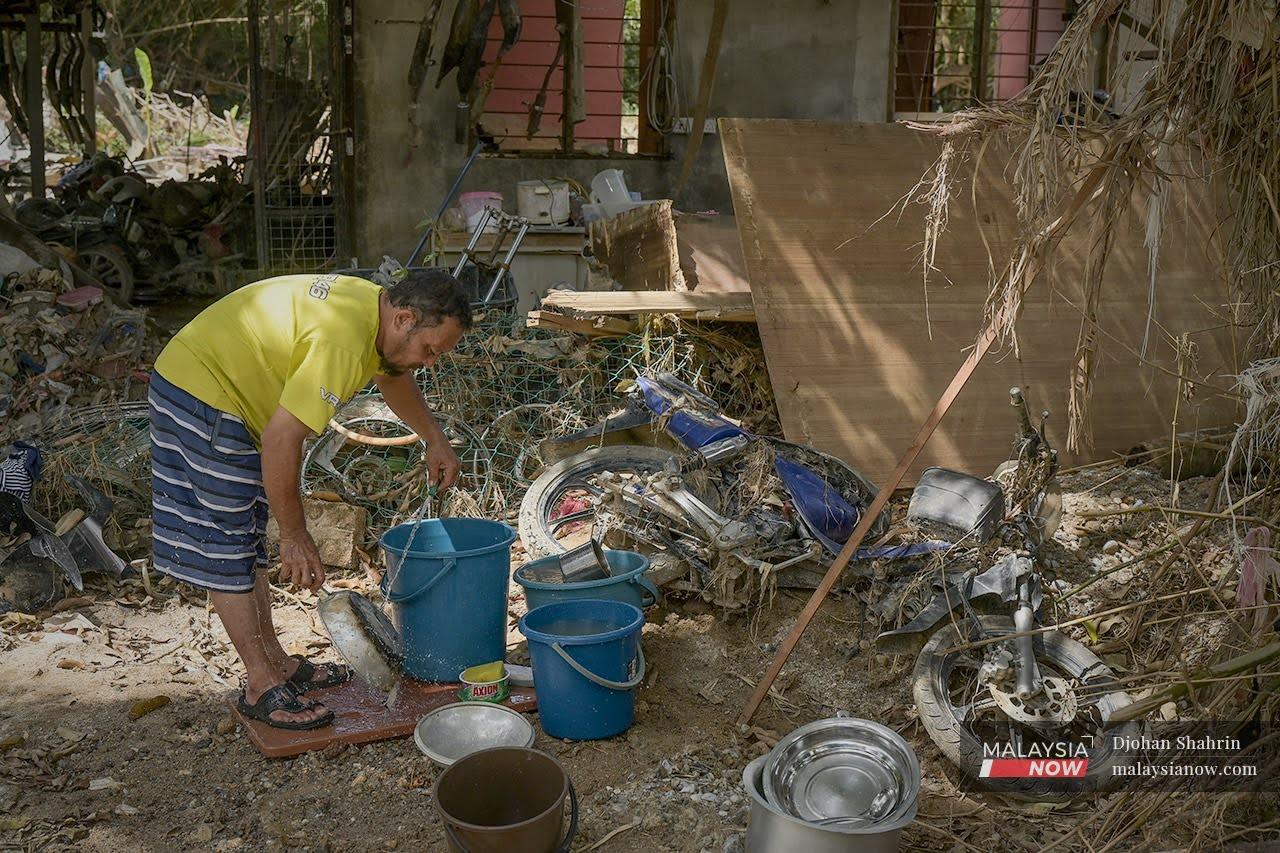Making sure that money goes in the right pockets amid flood disaster
While many are eager to help, concerns remain about transparency and how donations are used.
Just In
The recent floods which hit several states including the Klang Valley on a massive scale witnessed a corresponding deluge of political parties, NGOs and individuals rushing to collect donations, ostensibly on behalf of the victims.
Yet questions remain about transparency and how the funds will be used, even as hundreds of thousands of concerned Malaysians search for ways to alleviate the hardships of those who have lost vehicles, homes and even loved ones.
Malcolm Chapman, who is the executive director of international relief organisation Mercy Malaysia, agreed that there are concerns about the matter, especially with the rise of social media and the claims made by internet users.
Speaking to MalaysiaNow, he said such worries generally stem from people’s desire to be sure that the money they give is used for the right purposes and not for personal reasons.
He said it was therefore crucial for orgainsations which collect public donations to show a clear framework report as proof of how the money is spent.
Mercy Malaysia itself issues comprehensive framework reports which are posted on its website, he added.
“These reports are also audited by third-party audit firms which provide transparent and fair views on what we do,” he said.
Areas in eight states were hit by the floods which began on Dec 18 and left major highways inaccessible and homes submerged to roof-level.
The floods which have so far claimed more than 40 lives have been described as one of Malaysia’s worst natural disasters yet, with thousands of victims experiencing losses in the tens or even hundreds of thousands of ringgit.
MalaysiaNow recently reported that some who claimed to be collecting donations on behalf of the victims had fuelled suspicion of acts in contravention of the Anti-Money Laundering and Proceeds of Unlawful Activities Act 2001.
MalaysiaNow is still awaiting a response from the Malaysian Anti-Corruption Commission on whether reports have been received involving the misappropriation of flood relief funds.
Chapman said while donations helped facilitate the implementation of diaster relief missions, it was important for organisations to conduct field assessments first, to ascertain how much would be needed for expenses and to carry out the planned programmes.
“After conducting the assessment, we will come up with the numbers we need,” he said.
For example, Mercy Malaysia targeted a minimum collection of RM5 million for its various relief programmes during its initial assessment of the floods.
Some 1,000 volunteers were also despatched to help flood victims nationwide.
The organisation also conducted medium and long-term assessments to ensure that the flood victims would continue receiving aid until their problems are resolved.
“Short-term assessments concentrate mainly on recovery efforts like clean-up and clean water supply,” Chapman said.
“Long-term assessments focus on efforts to ensure that communities are better prepared to face such disasters in the future.
“Of course, to realise all these plans requires money,” he added. “So we also have a target for donations for this purpose.”
His advice for members of the public looking to donate to flood victims is to understand the different types of assistance needed as well as their costs, to ensure that the money given goes through the right channels.
“We need to understand the organisation that is collecting the money, and to always check the framework report that they give while raising the funds in question.”
Subscribe to our newsletter
To be updated with all the latest news and analyses daily.
